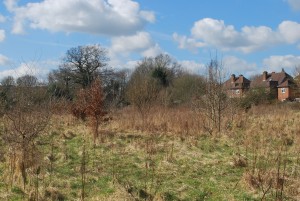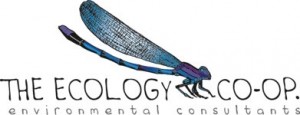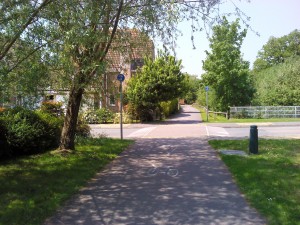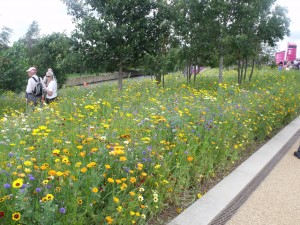Thanks to Paul for writing the first in our series of informative articles giving expert advice on the various constraints and opportunities of rural sites. The series will continue with articles on existing trees, landscape and soils, but for now, here is Paul talking about ecology:
As someone who is passionate about wildlife and yet also works mostly for developers (who are perceived to consider wildlife as a ‘problem’), it may appear that I work in a very self-defeating line of work. It’s true that sometimes that is the case, particularly when you live in the second most densely populated country in Europe and every town and village seems to swell each year.
I am however encouraged by some of the schemes that I have had the opportunity to work on in recent years, with some clients happy to engage on more ecologically adventurous projects that I am confident have been able to provide some net benefit to wildlife. Below I have set out some of the main considerations for ensuring that rural development does not pose a significant impact upon wildlife.
- Unmanaged sites are always the most challenging. The developing scrub, rank grassland, tall hedgerows and ephemeral ponds are all great habitats for a variety of declining species. The best sites for development in an ecology context are always those that have been intensively managed through farming or industry, even if this does mean a slightly more difficult ecological argument.

- Engage with your ecological consultant early on at the concept stage of a development. It is always possible that during the process of ecological surveys for a site, key features may be identified that may have to be retained or enhanced and usually an ecologist will have an idea of what these are likely to be following a Phase 1 ecological assessment. This can save the cost of re-designing a site later on.

- Go native! All county ecologists (or other relevant consultees) will be far happier to see native hedgerows, trees and shrubs included wherever possible. There is a very wide variety of options available and as well as creating attractive features of their own, native plants go could towards credits on schemes such as BREEAM.

- Be adventurous in designing natural features. Whilst many developers resist features such as wildflower meadow and pond creation, those that have implemented these features have been very happy with the product in the long-run. Initial concerns about the delay between creating a feature and seeing it mature can be partly overcome with some forward planning, whilst concept drawings showing completed features can encourage prospective buyers. The legacy left by the landscaping around the Olympic village has made its mark!

The key consideration for any development is of course ‘why would someone choose to live here’. For rural development the answer surely would include ‘to be closer to wildlife and enjoy the natural world’. Surely therefore rural development should help bring nature right onto the doorstep.
Paul can be contacted at: www.ecologyco-op.co.uk